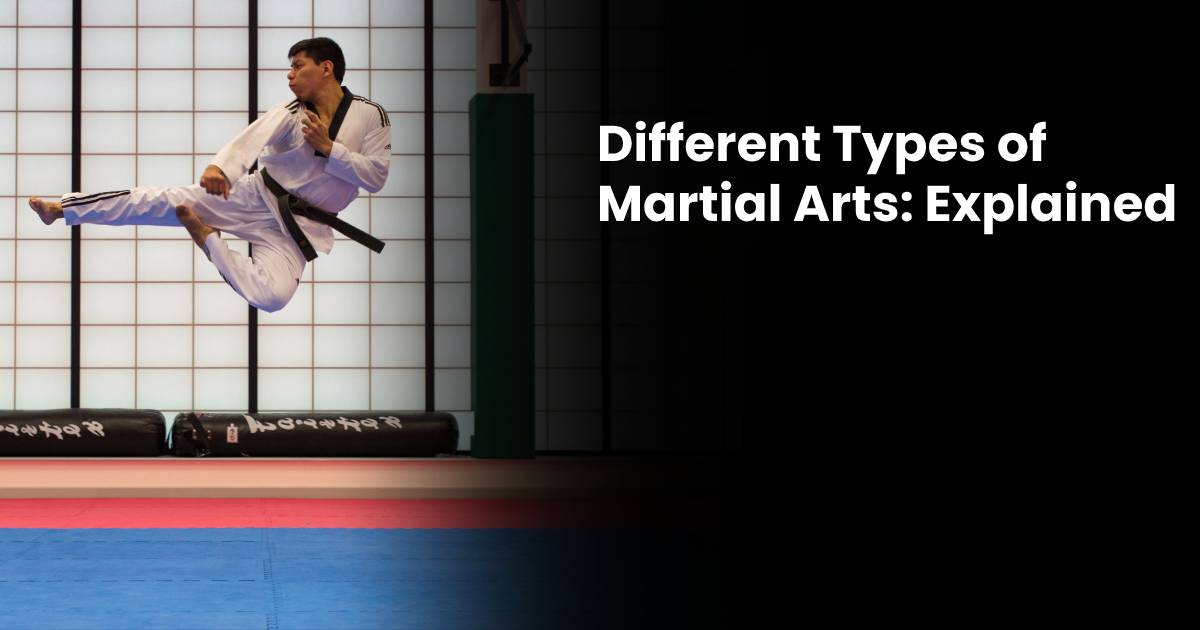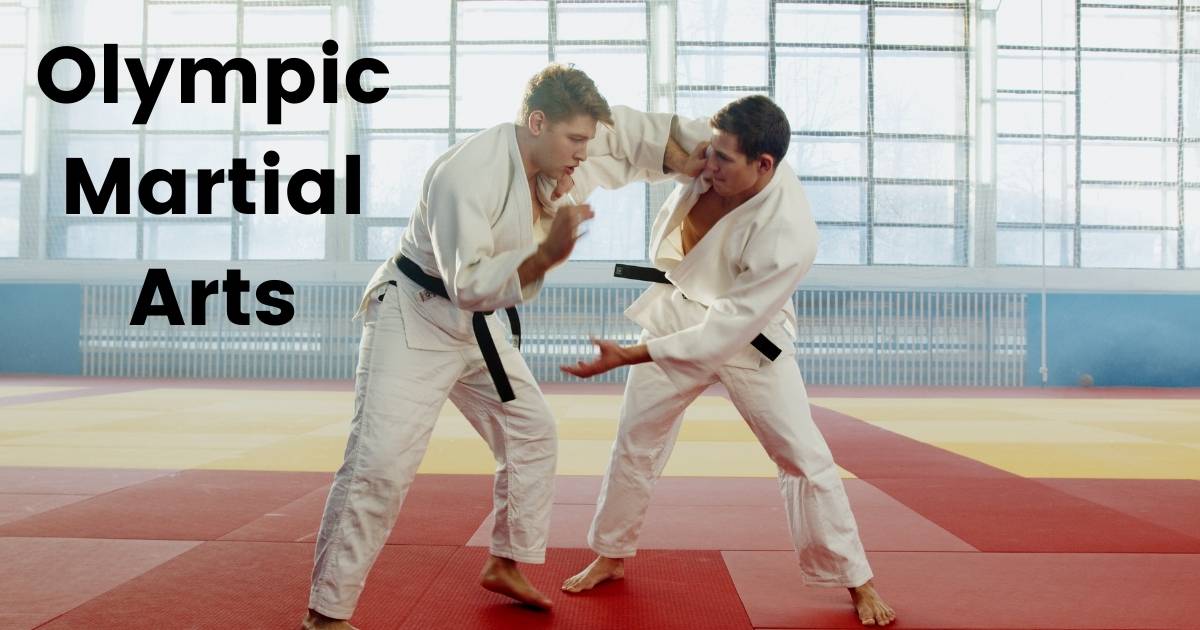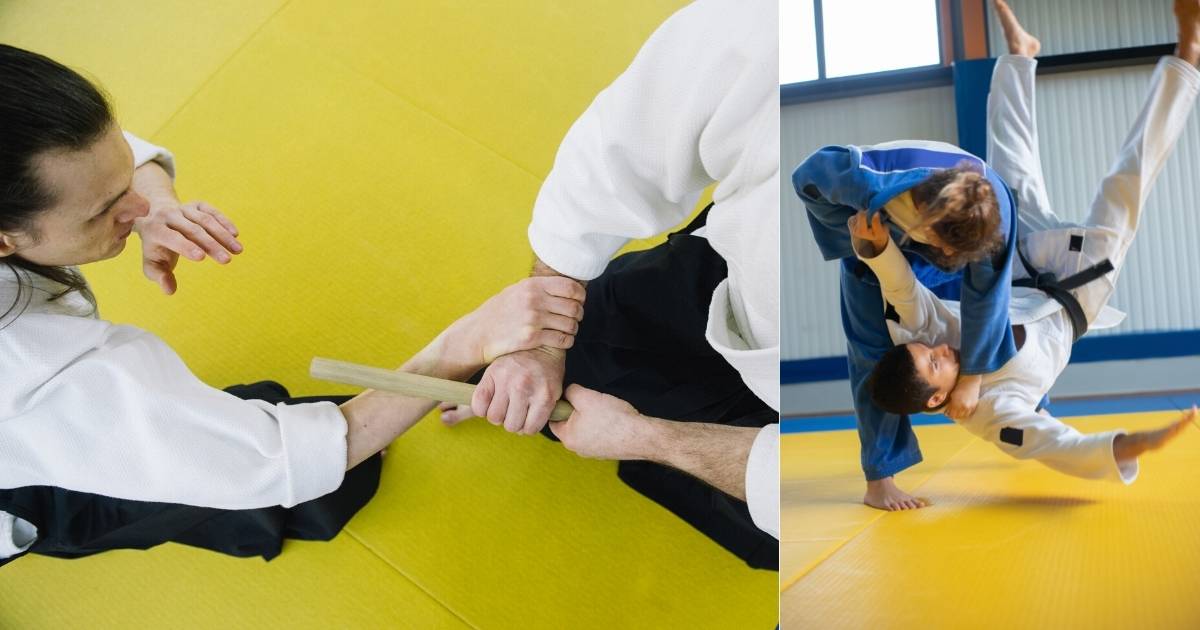Before the popularity of Brazilian Jiu-Jitsu, Brazil wasn’t a country known for martial arts. When people think of sports and Brazil, usually soccer is the first that comes to mind. But, today we’re going to look at Brazilian martial arts.
Brazil has contributed a lot to martial arts, and some styles are still recognized today. Now to explore five of the most popular Brazilian martial arts and see how they differ from one another.
Contents
Brazilian Jiu-Jitsu (BJJ)
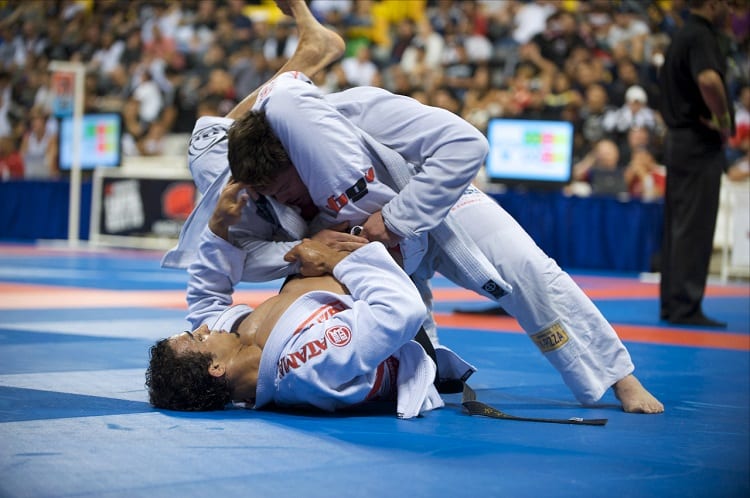
Brazilian Jiu-Jitsu (BJJ) is a new fighting style compared to Japanese martial arts. Around 1920, BJJ was first developed by Carlos and Helio Gracie, and two more students. They came in contact with the judo legend, Mitsuyo Maeda, and began mastering the art of Judo. This was the inspiration for the brothers to develop their own self-defense techniques.
So, it comes as no surprise that Brazilian Jiu-Jitsu shares the same main feats with Judo. For instance, the two lean heavily on grappling and holding your opponent to the ground. You might already be familiar with effective submission holds like the chokehold. As well as the joint lock, using your legs to bring your opponent to a tight corner, and the only way out is submission.
BJJ is unique in the sense that it was developed with the mindset that a weaker person can defeat a stronger opponent. This is by bringing the fight to the ground.
Weight distribution has a big role to play though. As you need to throw your arms and legs in the right spots to render your opponent immobile.
If you watch MMA, you’ll notice similarities with Brazilian Jiu-Jitsu. This isn’t a coincidence, as BJJ influenced the modern MMA rules and fighting techniques.
If you decide to undertake BJJ, make sure to check out our buying guides here. For example, you can find the best kids BJJ gi and cheapest adult Jiu-Jitsu gi.
Capoeira
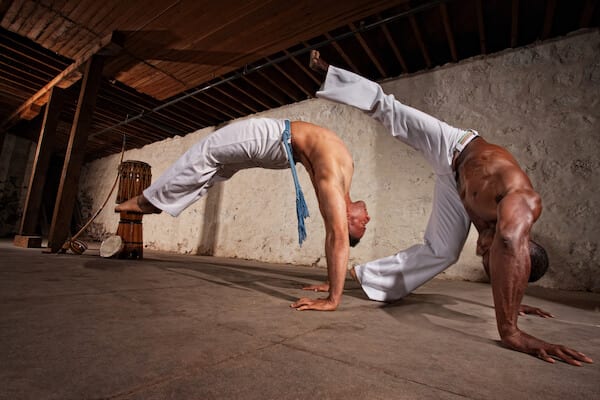
As you might be aware, dancing is a big part of Brazilian culture. So, it’s not strange that some Brazilian fighting styles have incorporated dance. Capoeira is a mashup between dancing, acrobatics, and fighting.
The technique dates back to the 16th century when it was born by Africans enslaved in South America. It didn’t take long before Brazilians adopted this fighting style and started to add their flair to it. It’s a technique based on flashy moves and complex maneuvers like inverted kicks. This is what makes it hard to miss.
Another unique feature of this art is its moves combine into one seamless rhythm. Meaning there are no interruptions. This is because fighters create hidden transitions between one move and the next. This is what creates a whole choreography that looks like one cohesive set of movements.
The popularity of Capoeira is booming in Brazil. It has become a sort of street acrobatics, similar to parkour. Even young people are getting involved in this ancient Brazilian martial art. It’s nice to see it introduced to a new generation.
Vale Tudo
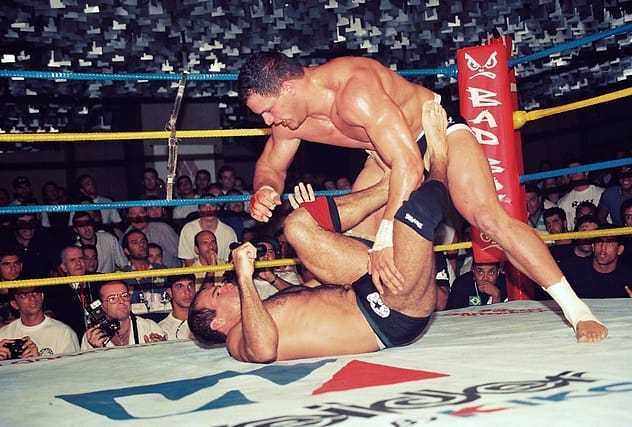
Vale Tudo translates to “anything goes,” which is how the sport found its footings in the 19th century. The fighting style has a close association with carnivals and began as part of this show business.
With no rules governing what goes on in the arena, Vale Tudo became interesting to watch. The suspense of trying to guess what’s going to happen next kept people showing up for live events.
Vale Tudo ditched its “anything goes” rule in favor of some regulations. This was mainly to ensure the safety of the fighters. The martial art managed to keep the freestyle nature that made it popular in the first place.
Luta Livre
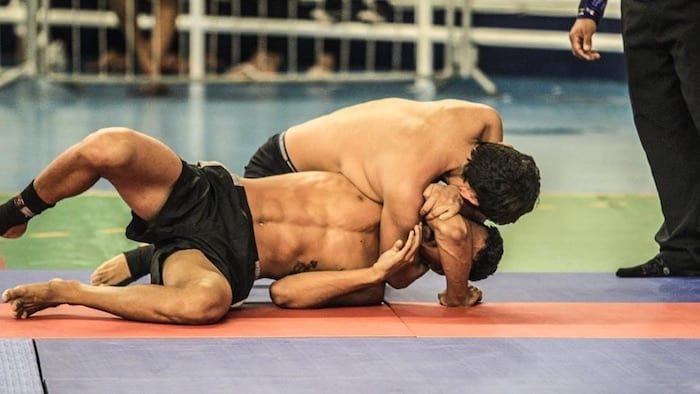
Luta Livre shares many of the grappling moves of Brazilian Jiu-Jitsu. But it hasn’t taken off outside of Brazil as BJJ has. Still, it remains relevant to date among many Brazilian martial artists.
There has always been a competition between these two fighting disciplines in Brazil. This is what allowed the Brazilian fighting scene to keep pushing the two sports. But, the feud between the two wasn’t always a healthy competition.
In 1977, riots broke out in the Pentagon Combat championship. This is a competition held between Luta Livre and Brazilian Jiu-Jitsu fighters. This event forced the government to ban demonstrations organized by fans of the two arts. This decision was the first in a string of events that represents the downfall of Luta Livre.
Add to this the sport’s obscure rules and bad PR surrounding its top fighters. Luta Livre began to fade in the shadows of the more popular BJJ.
Huka-Huka
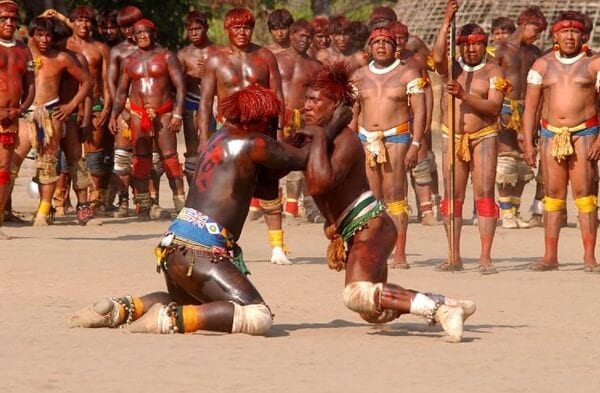
We’ll wrap up our list with one obscure Brazilian fighting style, and for good reasons. Huka-Huka is a tribal wrestling style developed by the people of Xingu. It is mainly performed as part of the Kuarup ceremony.
The fight begins with the two opponents on their knees facing each other. Then, they cling to each other and rotate until one manages to lift their opponent and knock them to the ground.
The significance of this fighting technique goes beyond its low-scale, tribal nature. It’s studied by martial artists to pinpoint moves that make the most of the fighter’s weight distribution and leverage.
Fight in Style!
As we’ve seen exploring Brazilian martial arts, style is a big part of what makes each of them unique. Moves tend to have a dance rhythm to them.
The discipline of Jiu-Jitsu co-exists with the different Capoeira, creating a one-of-a-kind style. We’re genuinely curious to see how martial arts from Brazil evolve further!



